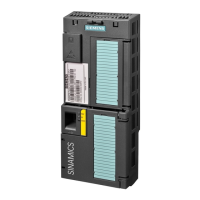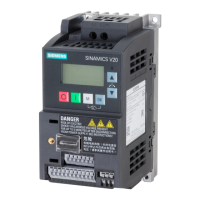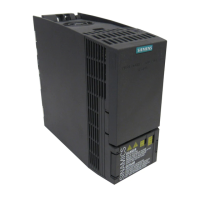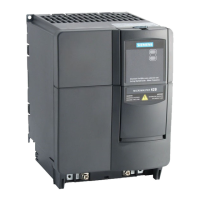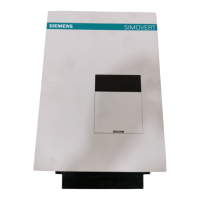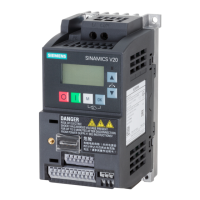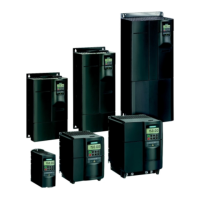Alarm history
$ODUPEXIIHU
,QFRPLQJDODUPZKHQDODUPEXIIHULV
FRPSOHWHO\IXOO
$ODUPKLVWRU\
5HPRYHGDODUP
2OG
1HZ
1HZ
2OG
$ODUPWLPHUHFHLYHG
>@
>@
>@
>@
>@
>@
>@
>@
>@
>@
>@
>@
>@
Figure 8-2 Shifting removed alarms into the alarm history
If the alarm buffer is completely filled and an additional alarm occurs, the inverter shifts all
removed alarms into the alarm history. The following occurs in detail:
1. To create space after position [8] in the alarm history, the inverter shifts the alarms already
stored in the alarm history "down" by one or more positions.
If the alarm history is completely full, the inverter will delete the oldest alarms.
2. The inverter moves the removed alarms from the alarm buffer to the now freed up positions
of the alarm history.
Alarms that have not been removed remain in the alarm buffer.
3. The inverter closes gaps in the alarm buffer that occurred when the removed alarms were
shifted in the alarm history by shifting the alarms that have not been removed "up".
4. The inverter saves the received alarm as the latest alarm in the alarm buffer.
The alarm history saves up to 56 alarms.
In the alarm history, alarms are sorted according to the "alarm time received". The latest alarm
has Index [8].
Parameters of the alarm buffer and the alarm history
Parameter Description
p2111 Alarm counter
Number of alarms that have occurred after the last reset
When setting p2111 = 0, all of the alarms that have been removed from the alarm buffer
[0...7] are transferred into the alarm history [8...63]
r2122 Alarm code
Displays the numbers of the alarms that have occurred
Alarms, faults and system messages
8.4 Alarms, alarm buffer, and alarm history
Converter with the CU230P-2 Control Units
Operating Instructions, 09/2017, FW V4.7 SP9, A5E34257946B AE 401

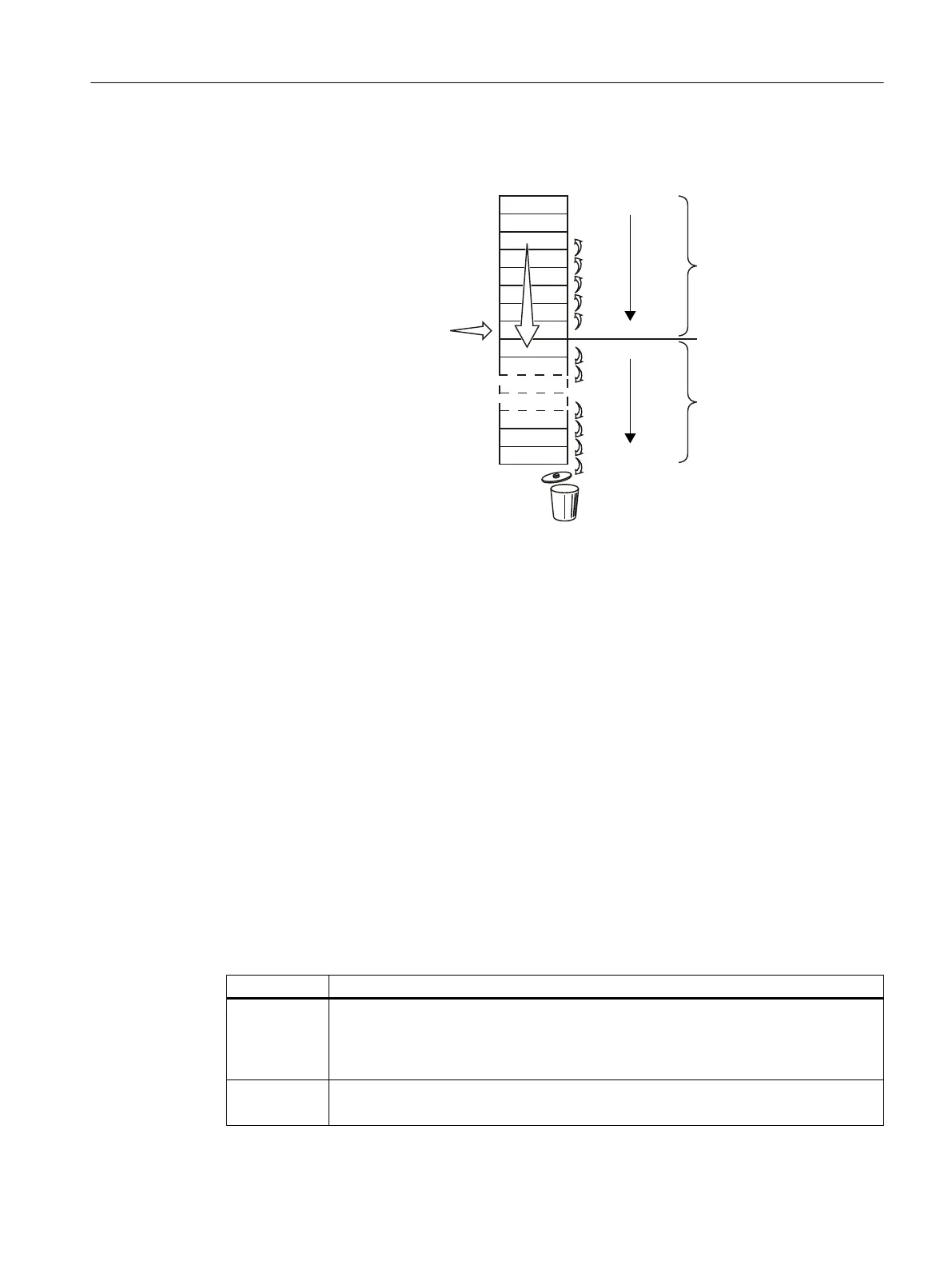